Frequent moves were a hallmark of Marfa, Texas–based furniture designer and commercial fabricator Joey Benton’s childhood. The son of creatives—his father is a poet and his mother was a painter, sculptor and Montessori schoolteacher—he lived in 46 different homes across the United States, Canada and Mexico by the time he graduated from high school. The constant change of scenery sparked an early interest in design and architecture, and more specifically, built environments. “Growing up in this transient space made me long for a sense of home, but even that stays in a kind of maker’s dream state, because there is no tangible known version of what that is,” he tells Business of Home. “The creative process of site-specific design directly confronts that desire, but because it is for someone else’s space, it can be invented as permanent.”

As a teenager, he worked construction jobs after school and on weekends and fell in love with the process of building things. Inspired, he studied sculpture at the Rhode Island School of Design and began making furniture from salvaged materials for friends in his downtime. “Pieces came directly from need,” he says. “A table, bed, bench—whatever was necessary to help a modest apartment function.”
Then as now, Benton believed that architecture is the framework in which life happens, and as such, each detail or furniture piece he creates has an authenticity of form that enhances both functionality and the experience of living. After a three-year stint as assistant director at the Judd Foundation, where he oversaw the appraisal of artist Donald Judd’s estate, Benton launched his fabrication studio, Silla, in 1997. From the outset, he specialized in site-specific installations, bespoke commercial projects and adobe restoration. “I wanted to get back to hands-on making,” he says of opening his own practice. “The office setting was not for me.”
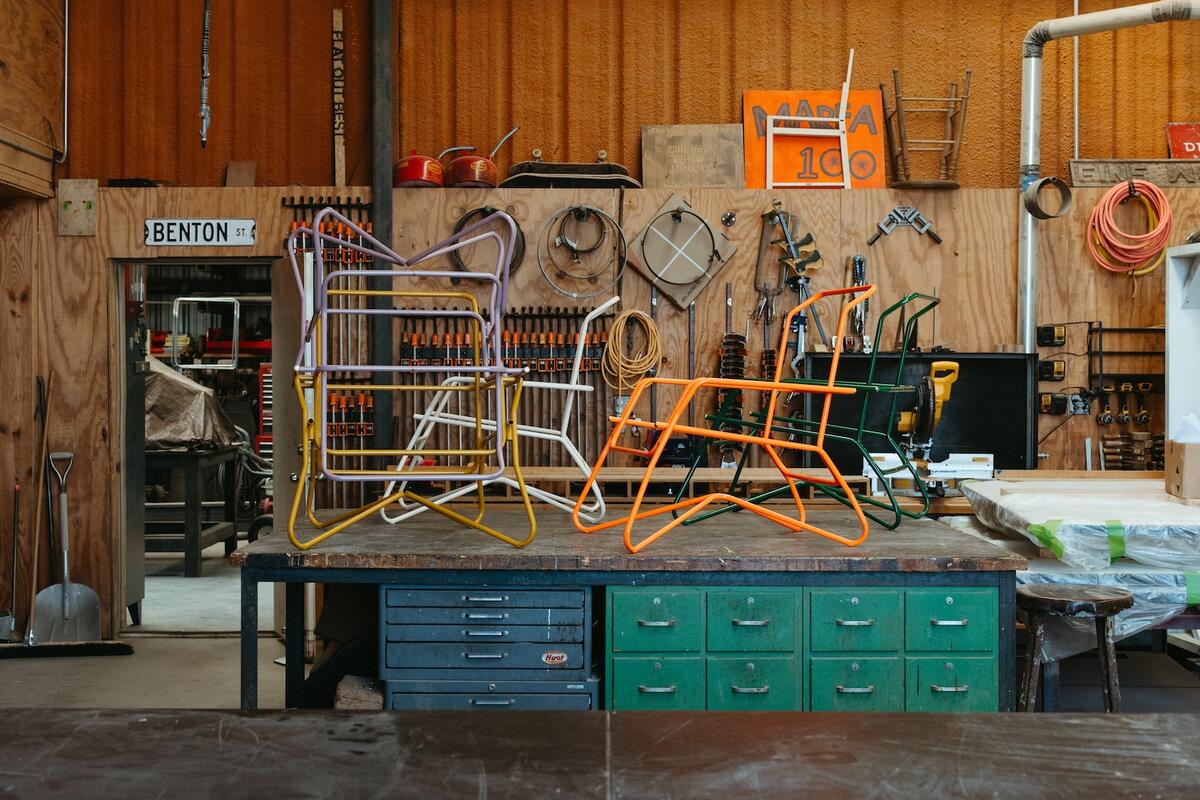
Whether it’s a custom hospitality setup or a simple side table, everything is made by hand at Silla’s headquarters, which are located in the remote hills of the Chihuahuan Desert in West Texas. “We are set up to do a lot of different things in a lot of different materials,” says Benton. “It is a very collaborative process of testing, jigs, prototypes and conversations to bring it into focus as a finished piece.” Even upholstery work is done in-shop, and nothing is wasted: “We use the offcut scraps of leather to sew sandals that are available for purchase.”
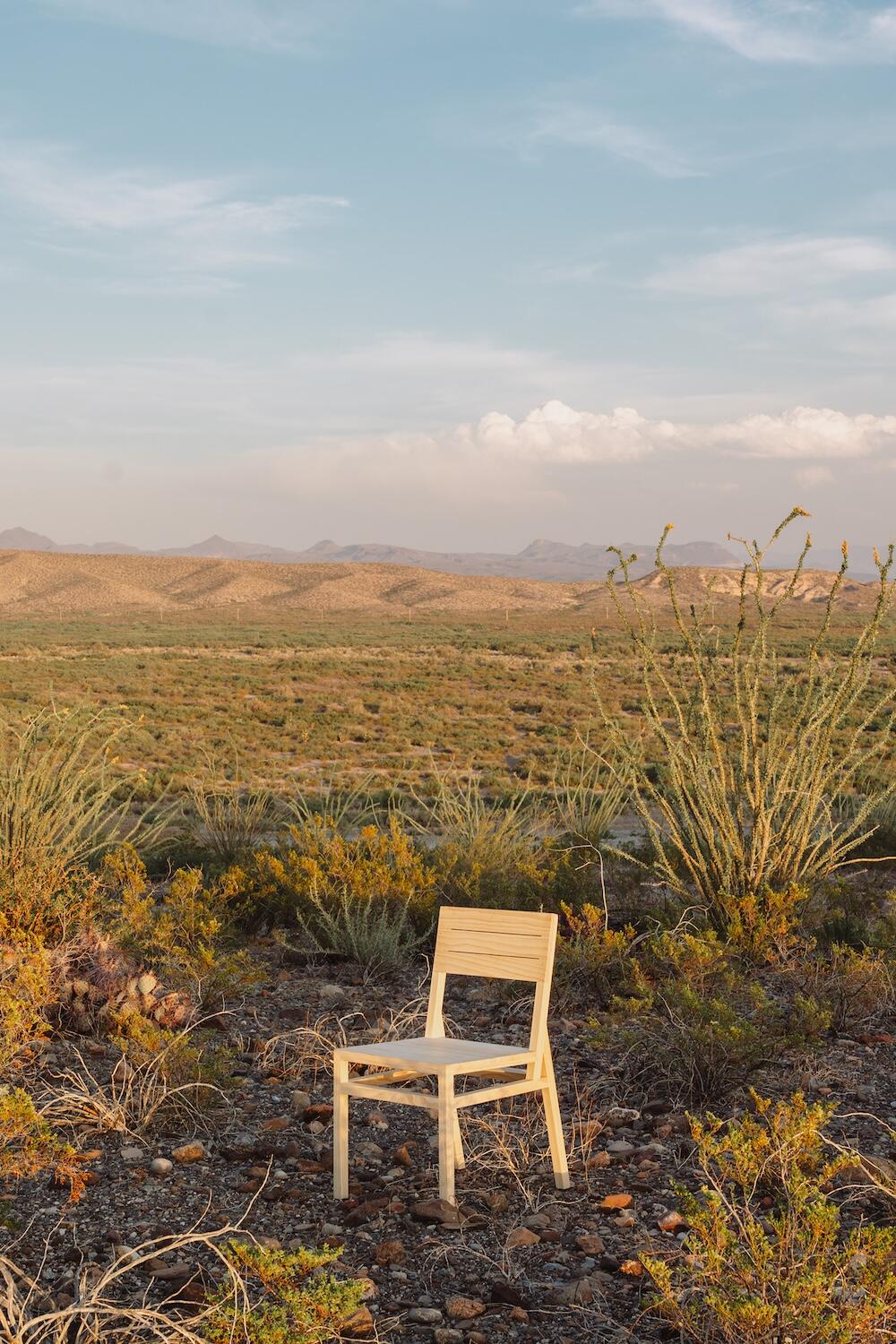
The pragmatic designs are rooted in materiality and craftsmanship, and Benton gravitates toward locally sourced materials with emotional resonance, such as mahogany and Douglas fir. “Function is about quality, ergonomics and the feel of the finished object,” he says. “Materials bring their own limitations and ideas to the work and immediately have a voice in the dialogue about the object.”
Take Silla’s latest launch, the Pine chair, which offers a raw wood design with clean lines and traditional mortise-and-tenon joinery. “A pine chair is a subjective, nostalgic and personal object, and ours is a riff on both the emotional memory and its own new version of its history,” says Benton. “We sell it unfinished, so that the life that it lives is imprinted on it, and it belongs to its environment and the stains and scars of the people that spend time with it. It becomes a new memory connected to its own life.”
For Benton, drawing that kind of inspiration means keeping an open mind about design. Ideas can come from anywhere, and often start with an ink wash drawing that evolves into materials and ultimately a prototype. A good example is Conduit, his forthcoming outdoor chair fashioned from salvaged steel pipes. “The material came from an industrial site in El Paso,” he says. “They had 3,000 pieces of worn but unused conduit stacked on a pallet, and the chipped and scratched patina looked perfect.” Just like that, an idea was born. “Often details present themselves before the whole is known,” he adds. “There is no set standard—I am always open to what happens next.”



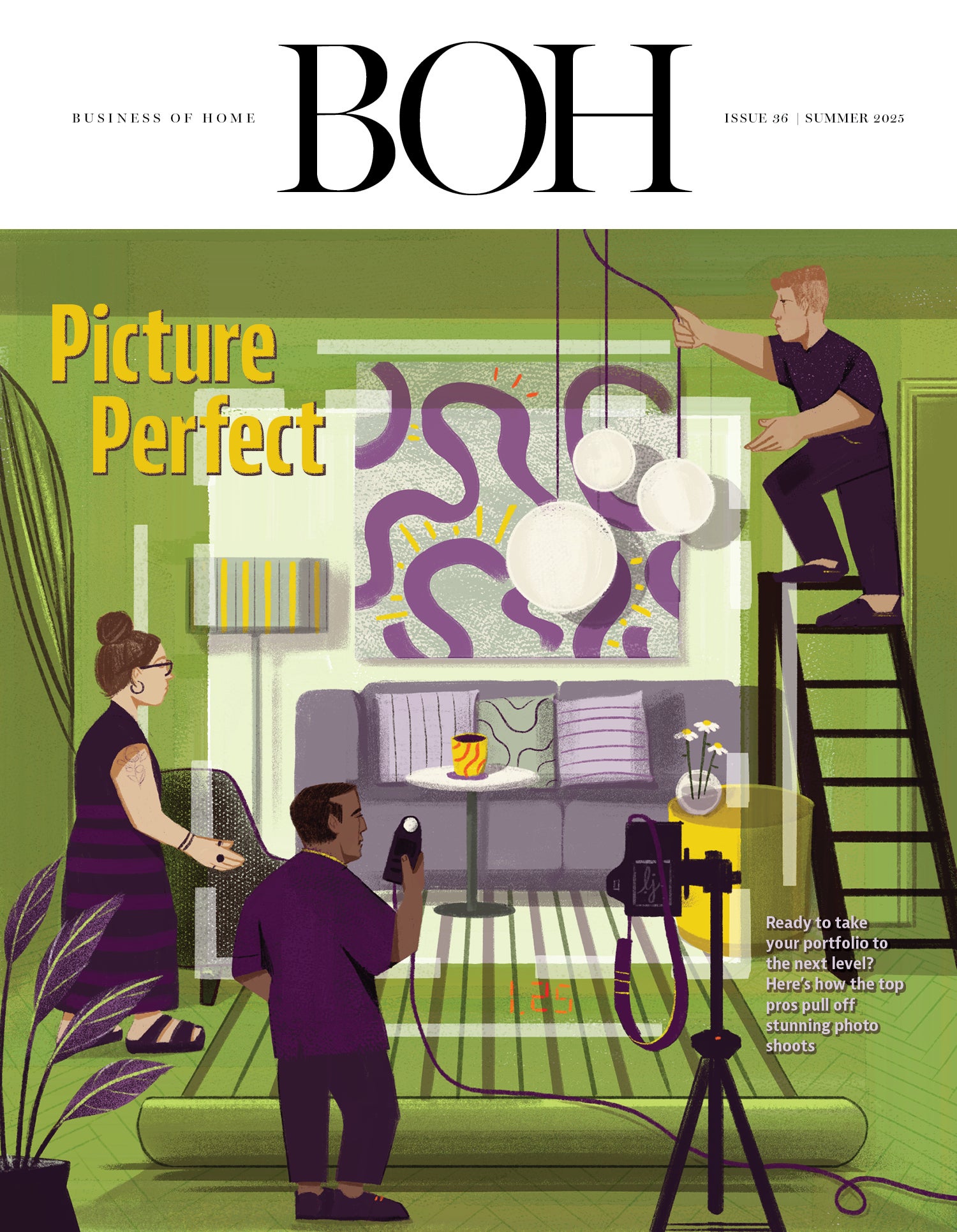
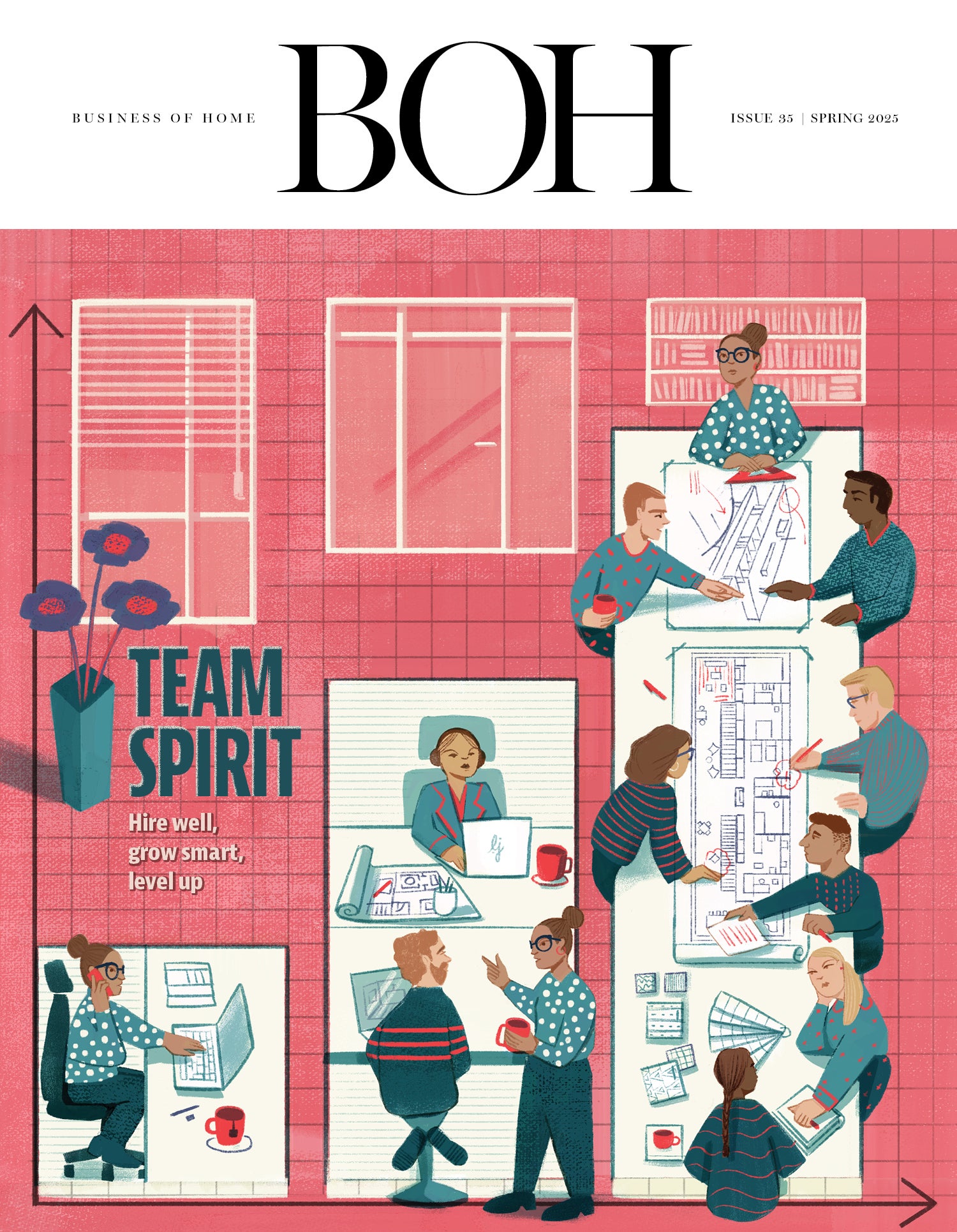
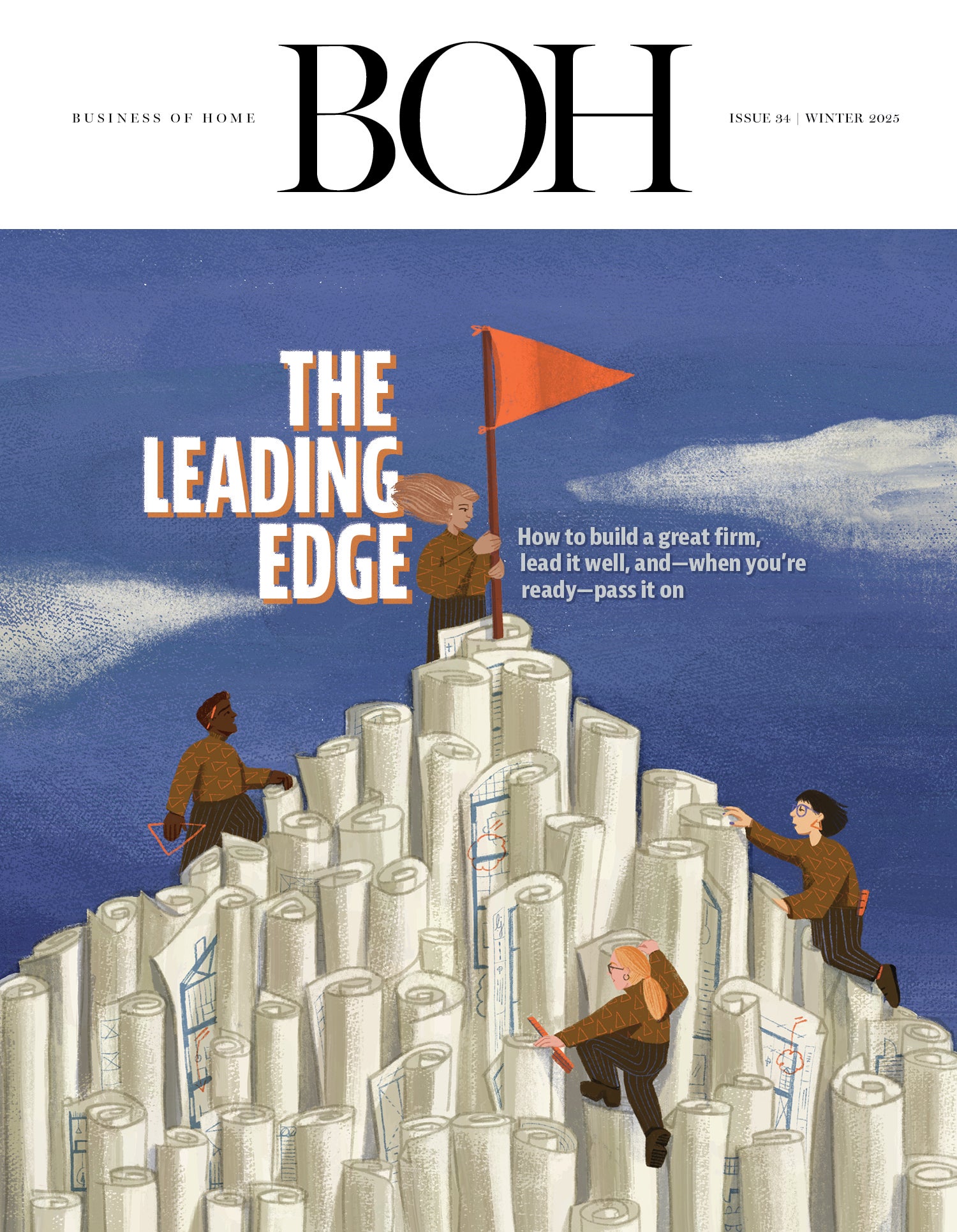
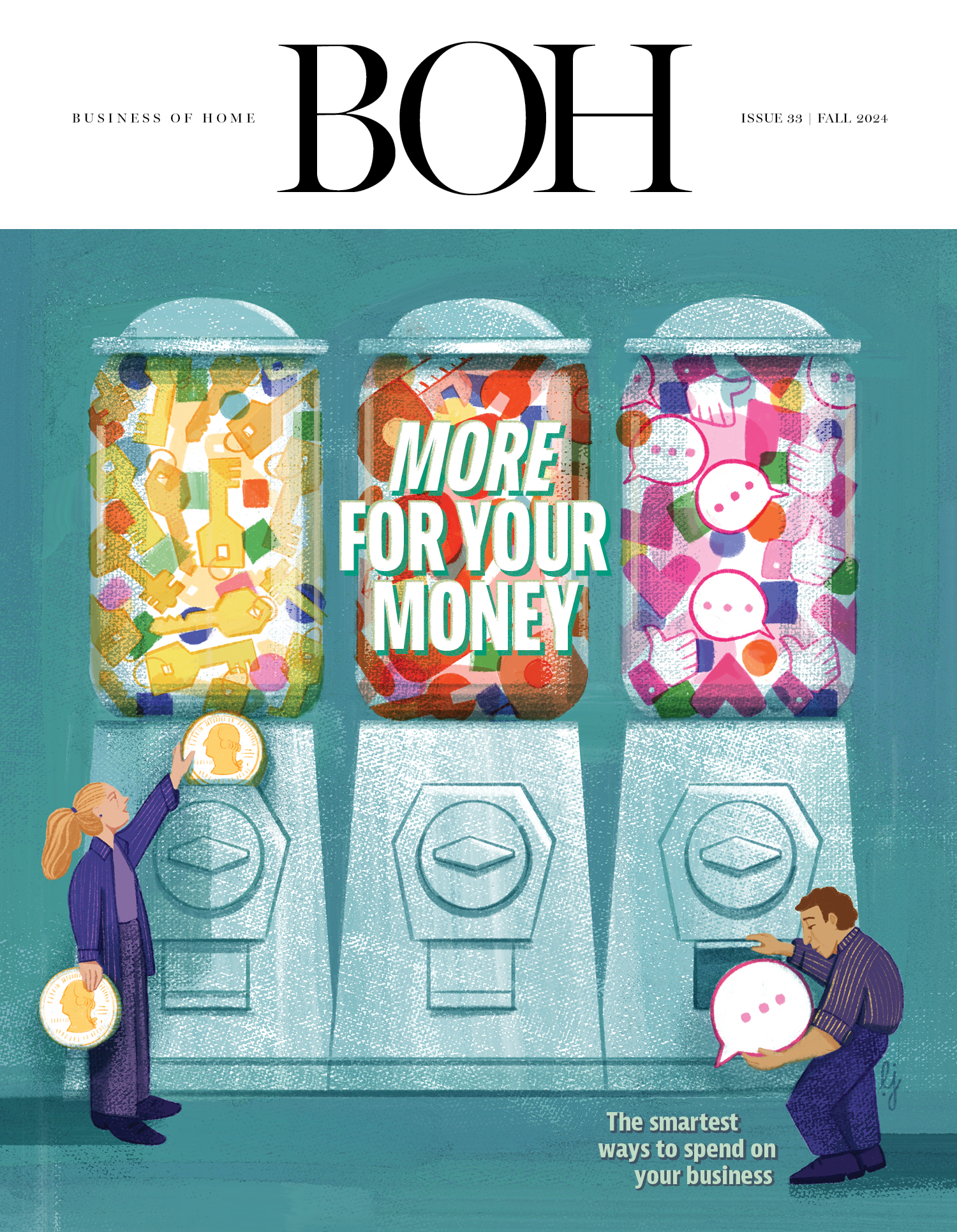
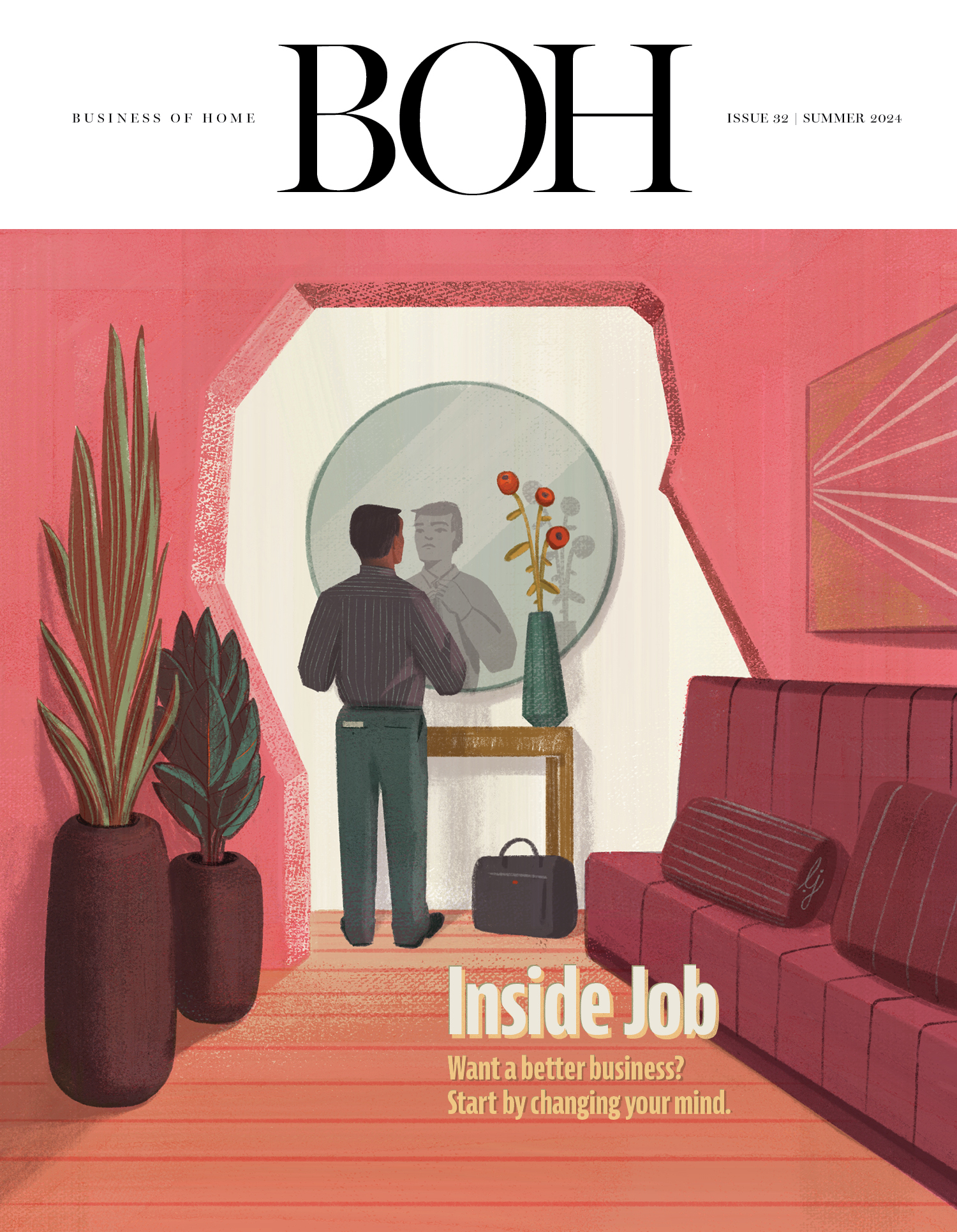
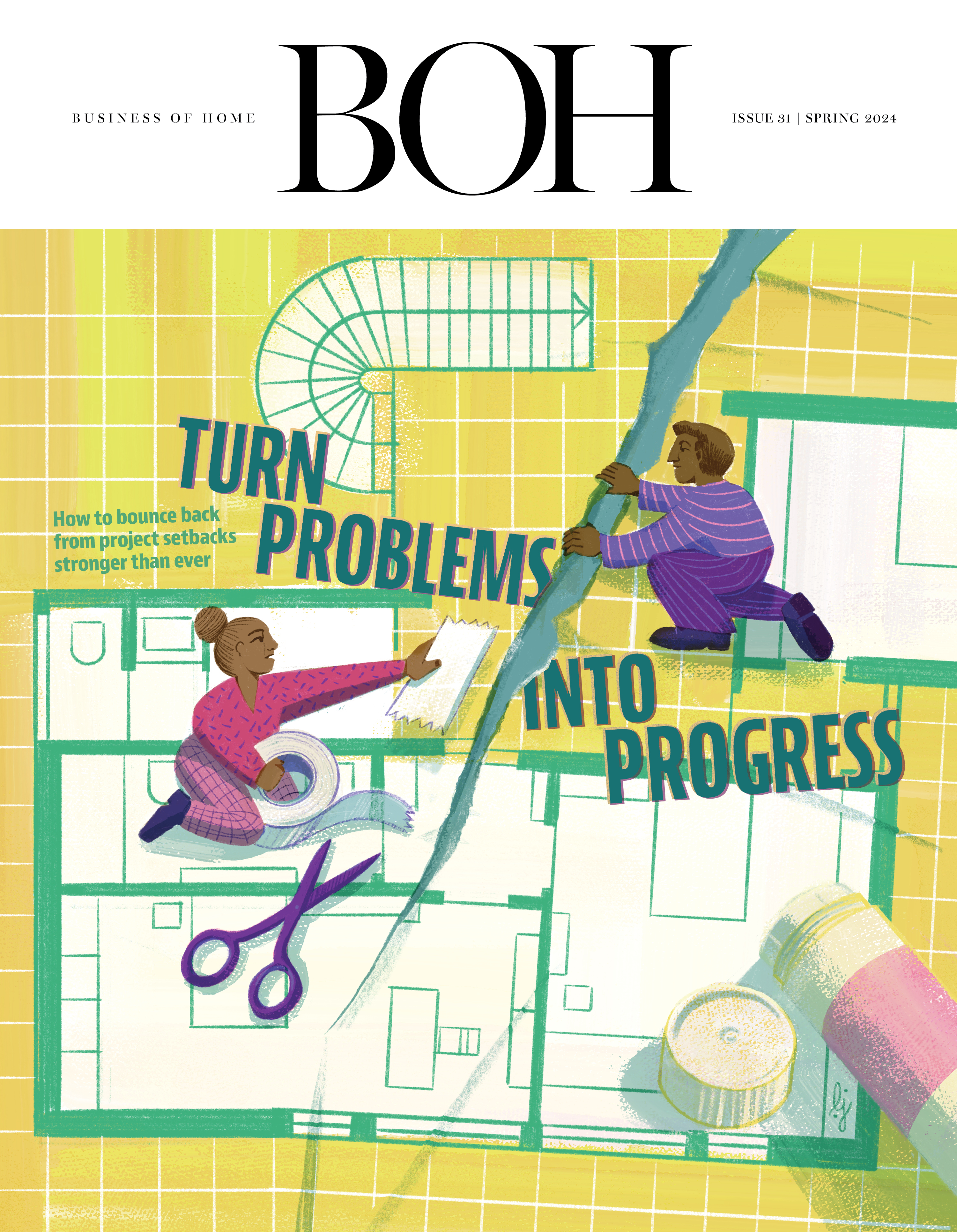
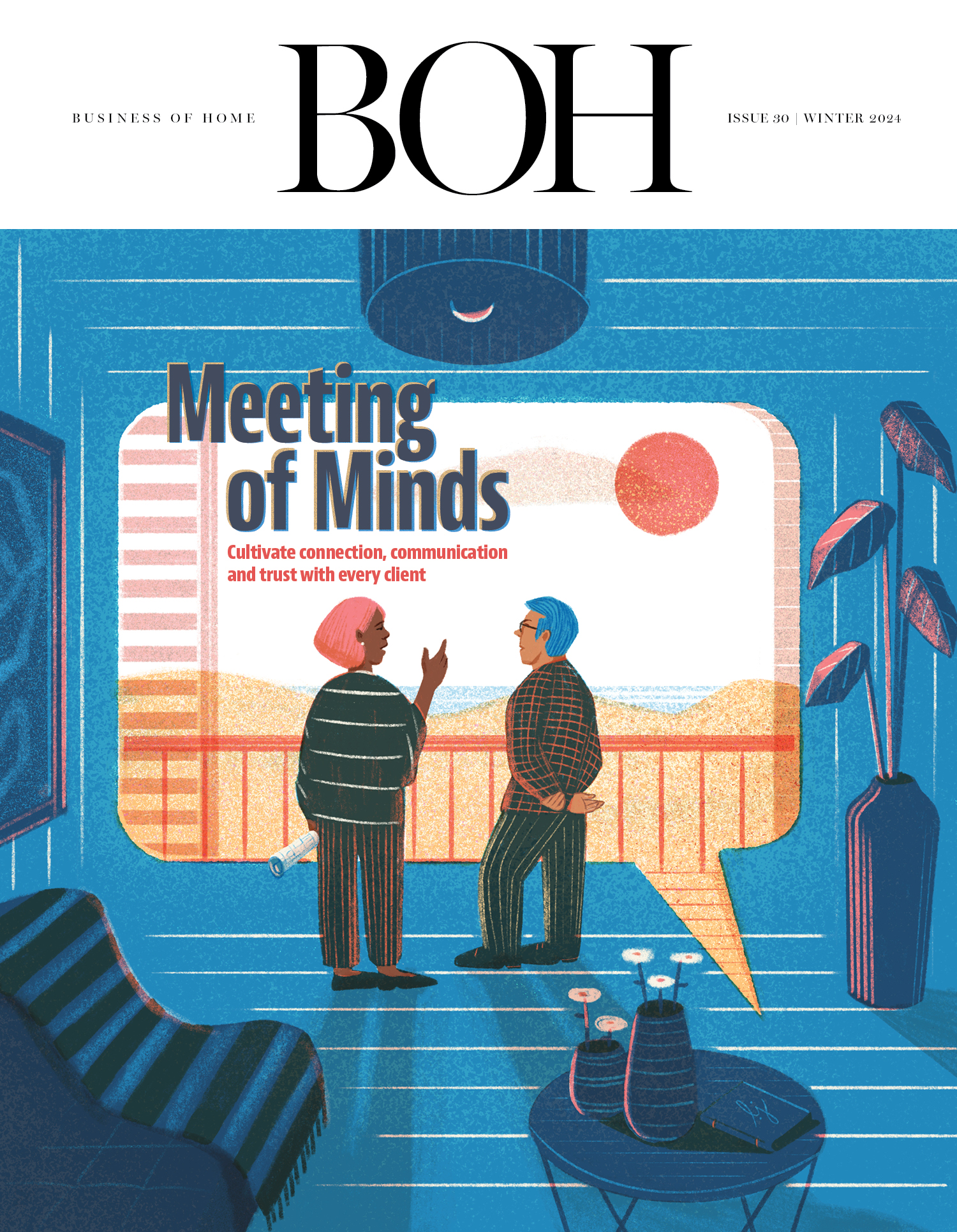

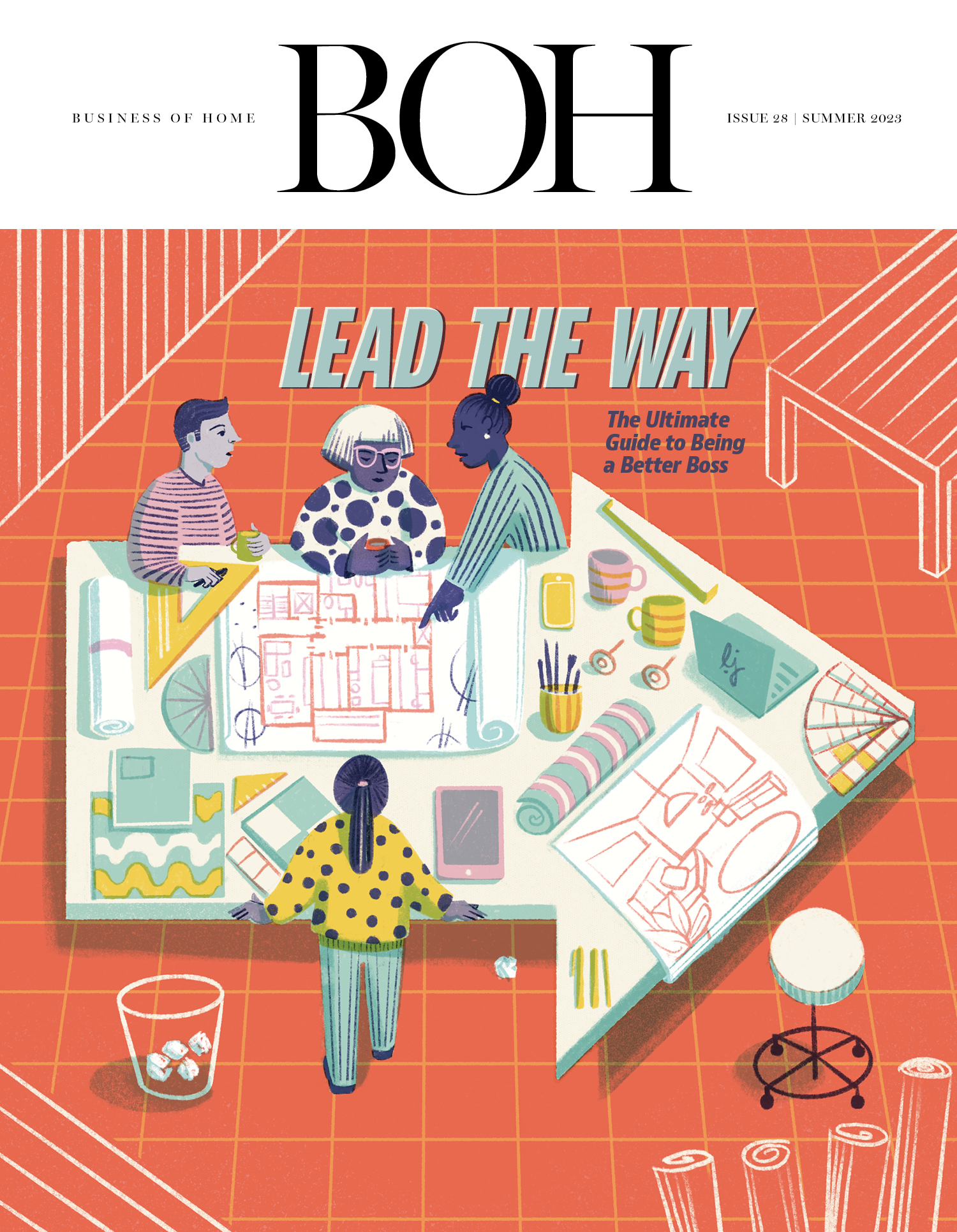

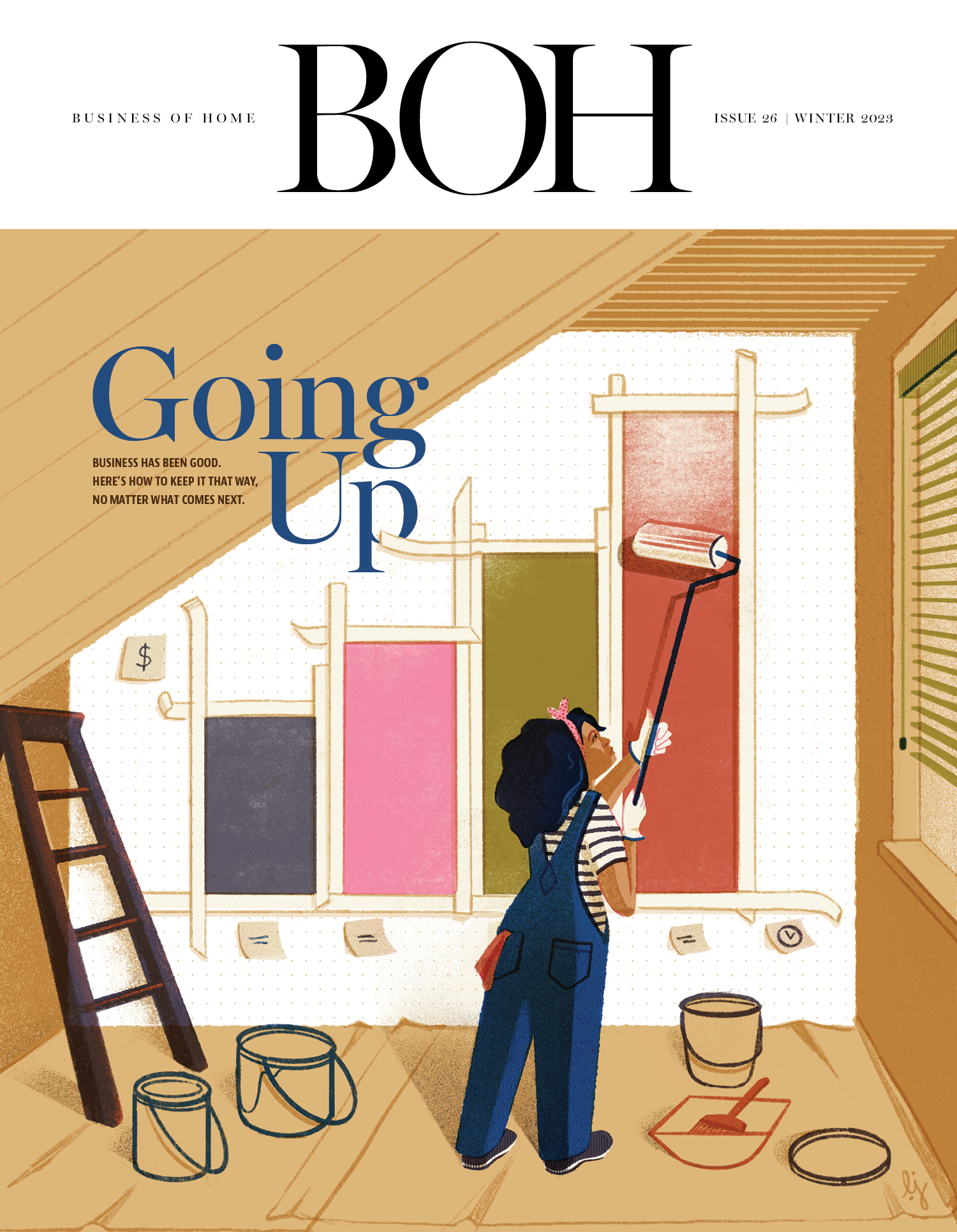
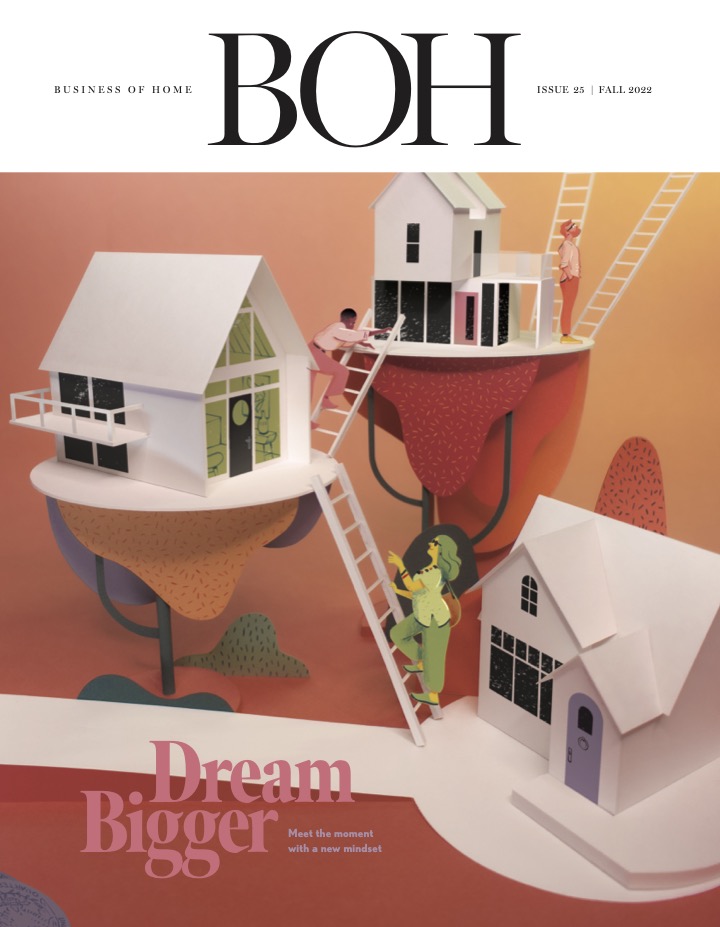







.jpg?1754070170)





